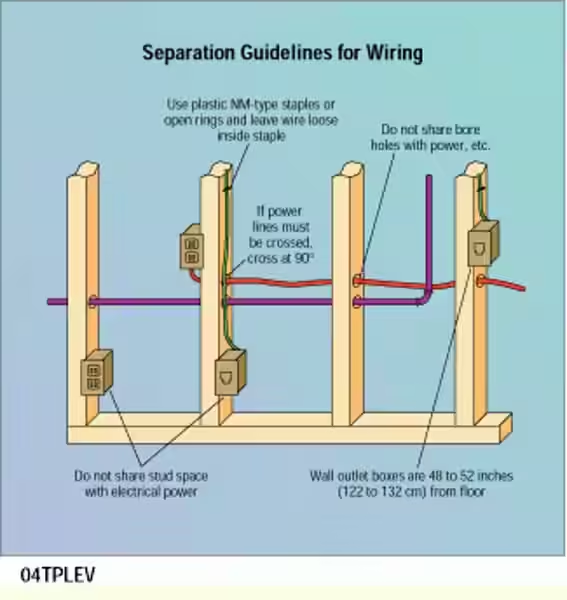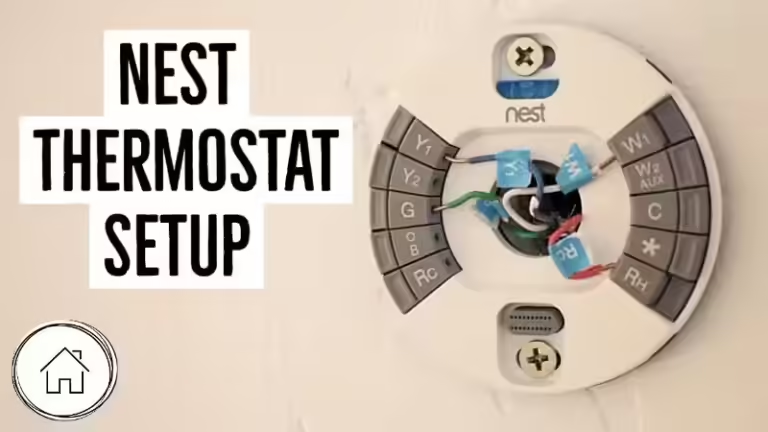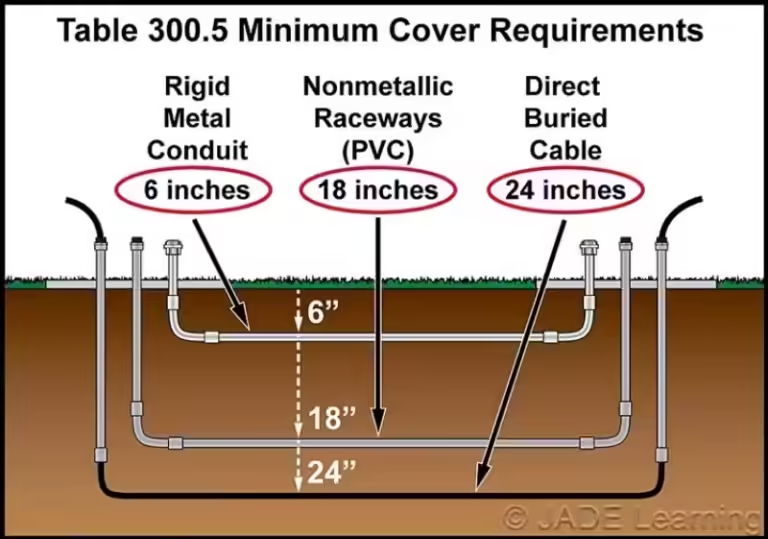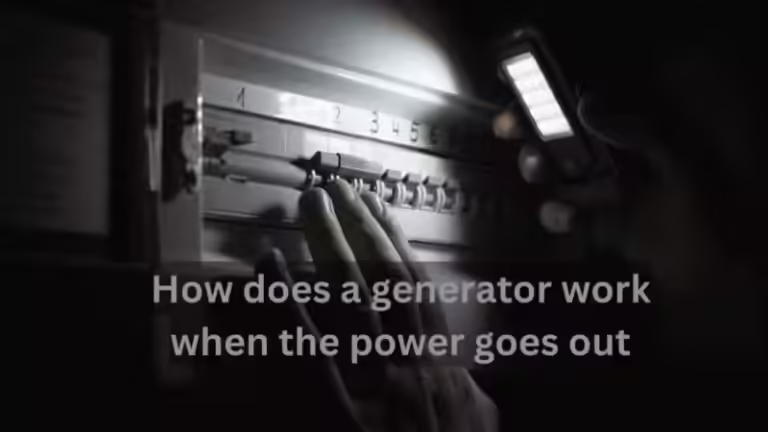Unmasking Hidden Wires: A Beginner's Guide to Tracing Wires Inside Walls

Navigating the labyrinth of wires hidden behind your walls can feel like a daunting task, especially for the DIY enthusiast. But fear not, as this guide unveils the secrets to tracing these elusive electrical pathways, empowering you to tackle your home projects with confidence.
Safety First: A Foundation for Success
Before embarking on your wire-tracing adventure, safety must be your top priority. Electrical hazards are real, and neglecting precautions can lead to serious consequences. Always prioritize safety by following these essential steps:
Power Off: The Golden Rule of Electrical Work
The most crucial step is to completely shut off power to the circuit you're working on. This involves locating the appropriate breaker in your electrical panel and flipping it to the "off" position. Never attempt to trace wires with the power on, as this poses a significant risk of electrical shock.
Proper Tools: Your Allies in the Tracing Process
Arming yourself with the right tools ensures a smoother and safer tracing experience. A non-contact voltage detector is indispensable for identifying the presence of live wires without direct contact. These handy devices emit a signal when near an active wire, helping you pinpoint the wire's location.
Identifying the Wire’s Destination: Unraveling the Path
Once you've ensured safety by de-energizing the circuit, you're ready to embark on the tracing journey. Begin by identifying the source of the wire you're searching for. This could be an outlet, switch, or fixture connected to the wire you intend to trace.
The Power of a Non-Contact Voltage Detector
Your trusty non-contact voltage detector is your guide in this quest. Carefully move it along the wall, paying close attention to any changes in the detector's signal strength. These changes indicate a potential shift in the wire's route, providing clues to its path.
Tracing the Wire: Following the Electrical Trail
With your starting point identified and the detector in hand, you're ready to trace the wire's path. Imagine yourself as a detective, carefully following the trail of clues left by the electrical current.
The Art of Observation: Uncovering the Wire's Path
As you move the detector along the wall, pay close attention to any fluctuations in the signal. Each change in the signal strength might indicate a bend or turn in the wire's path. Mark these points on the wall using a pencil or marker, creating a visual map of the wire's journey.
Additional Tips: Enhancing Your Tracing Expertise
While the core steps provide a solid foundation, a few additional tips can greatly enhance your tracing skills, making the process smoother and more accurate.
Understanding the House's Age: Adapting to Wiring Techniques
The age of your house can significantly impact the wiring techniques used. Older homes might employ different wiring methods, requiring adjustments to your tracing approach. Research common wiring practices for your house's era to gain a deeper understanding of its electrical infrastructure.
The Power of a Stud Finder: Locating the Wire's Potential Path
A stud finder is a valuable tool when tracing wires, as it helps pinpoint the location of wall studs, providing insights into the wire's potential path. Studs often act as conduits for electrical wires, making a stud finder an invaluable ally in your tracing endeavor.
Visual Clues: Deciphering the Wall's Whispers
Don't overlook the power of visual cues. Examine the wall for any signs of previous renovations or repairs, as these areas might reveal the presence of wires. Look for telltale signs like paint inconsistencies, patched areas, or electrical boxes, which might indicate hidden wiring.
Seeking Expert Guidance: When to Call for Reinforcements
If you encounter difficulties or feel uncertain about the tracing process, don't hesitate to seek professional assistance from an electrician. They possess the expertise and knowledge to safely and accurately trace wires, ensuring the safety and integrity of your electrical system.
Importance of Accuracy: A Foundation for Safe and Efficient Work
Accuracy is paramount when tracing wires, playing a vital role in ensuring safe and efficient work.
Preventing Damage: Avoiding Electrical Mishaps
Accurate tracing helps prevent accidental damage to wires, ensuring the smooth operation of your electrical system. It avoids potential electrical malfunctions, protecting your home from unforeseen electrical issues.
Effective Planning: A Blueprint for Future Projects
Precise knowledge of the wire's location allows for effective planning and execution of any future home renovations or repairs. It enables you to work around electrical wiring safely and efficiently, ensuring that your projects proceed smoothly.
Conclusion: Empowering Your DIY Journey
This guide provides a comprehensive overview of the essential steps for tracing hidden wires in walls, equipping you with the knowledge and confidence to tackle your DIY projects. By following these steps, you can confidently identify the location of wires, ensuring safety and enabling successful home renovations. Always prioritize safety, and don't hesitate to seek professional assistance when in doubt.
Frequently Asked Questions about Tracing Electrical Wires
How can I trace an electrical wire in my house?
To trace an electrical wire in your house, you can use a non-contact voltage detector to follow the path of the wire along the wall. This tool emits a signal when close to an active wire, helping you identify the wire's route.
What if the wire is no longer powered?
If the wire is no longer powered, you can attempt to trace it using a tone tracing kit, which is typically used for tracing networking cables. However, ensure the generator is not powered and understand the potential risks before attempting this method.
Can I use a circuit breaker finder kit to trace wires?
No, circuit breaker finder kits are designed to identify circuits in the breaker box, not for tracing wires behind walls.
What if I can't find an electrician to help?
If you can't find an electrician, you can explore alternative methods like using a stud finder or employing advanced techniques like ground penetrating radar.
What are some safety tips for tracing wires?
Always shut off power to the circuit before tracing wires, use appropriate tools for safe handling, and avoid accidental drilling or hammering. If you encounter difficulties, consult a professional electrician.








